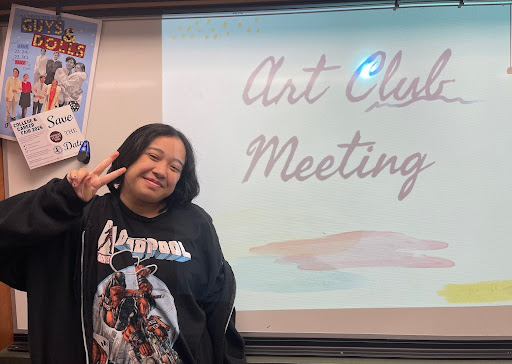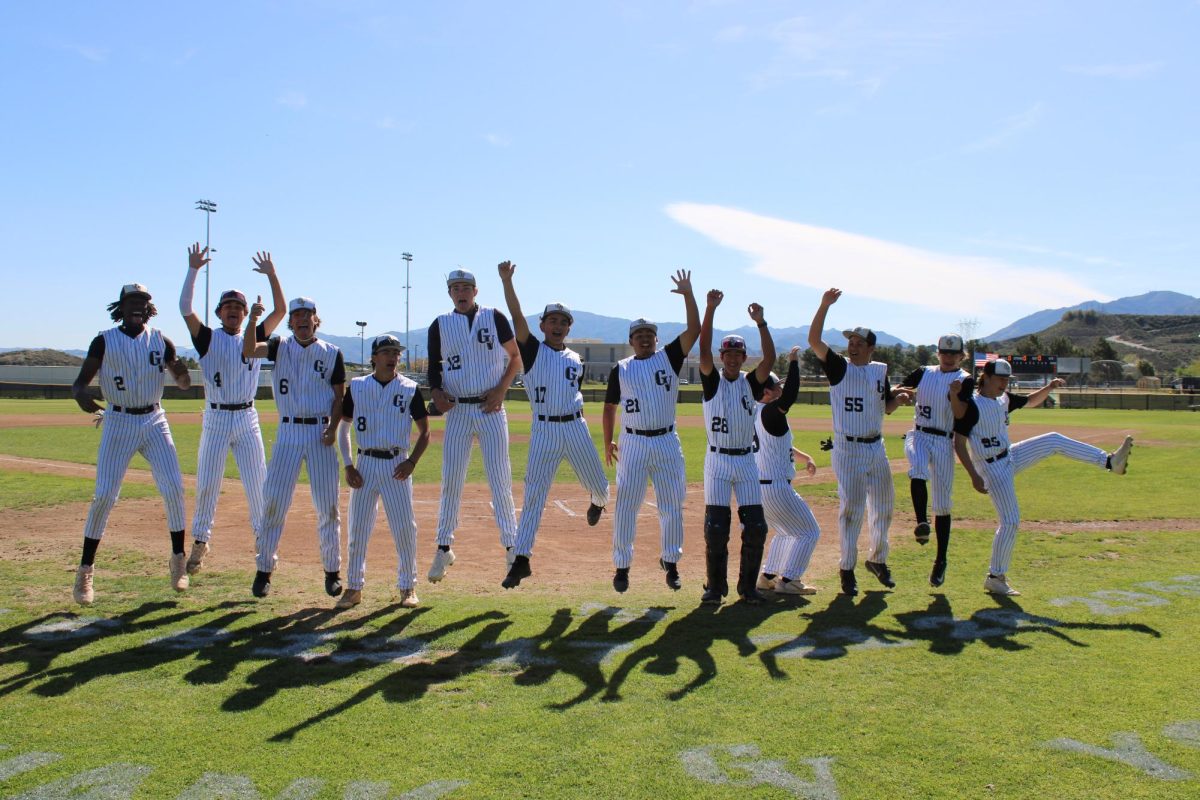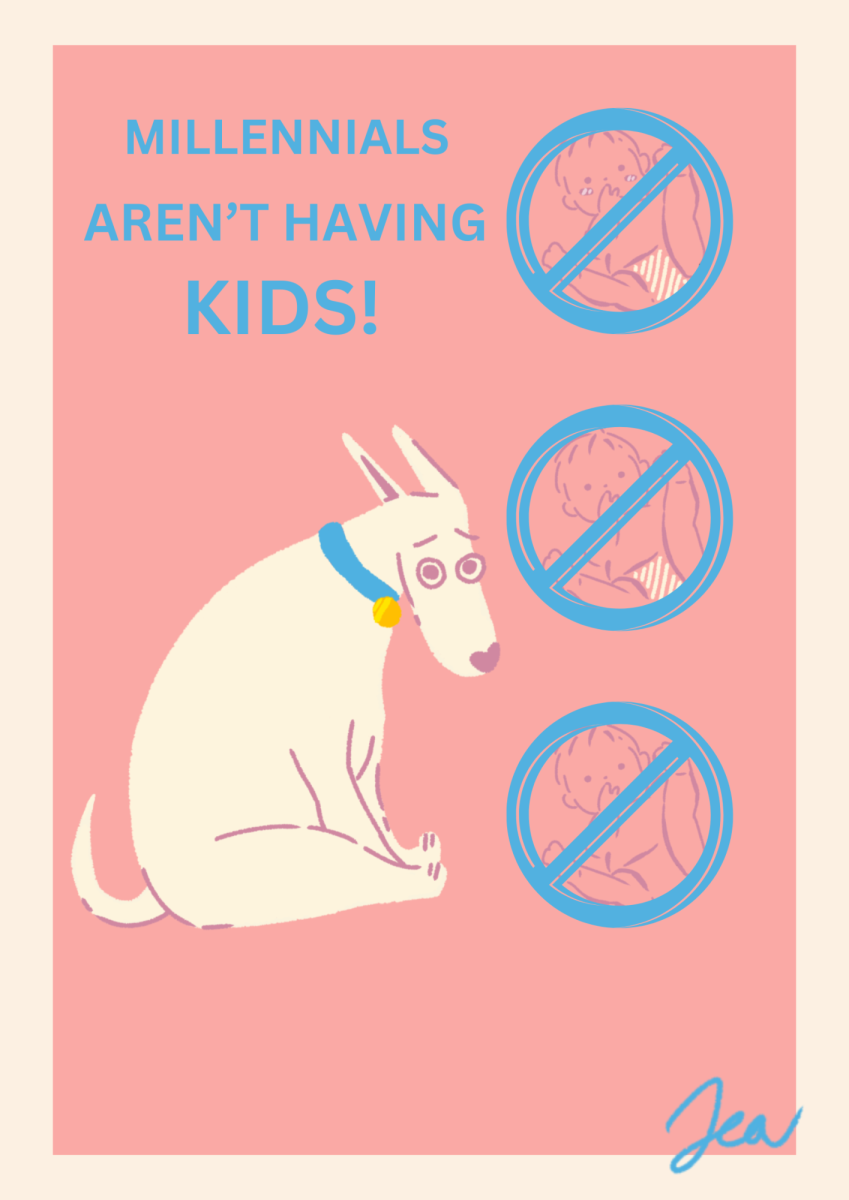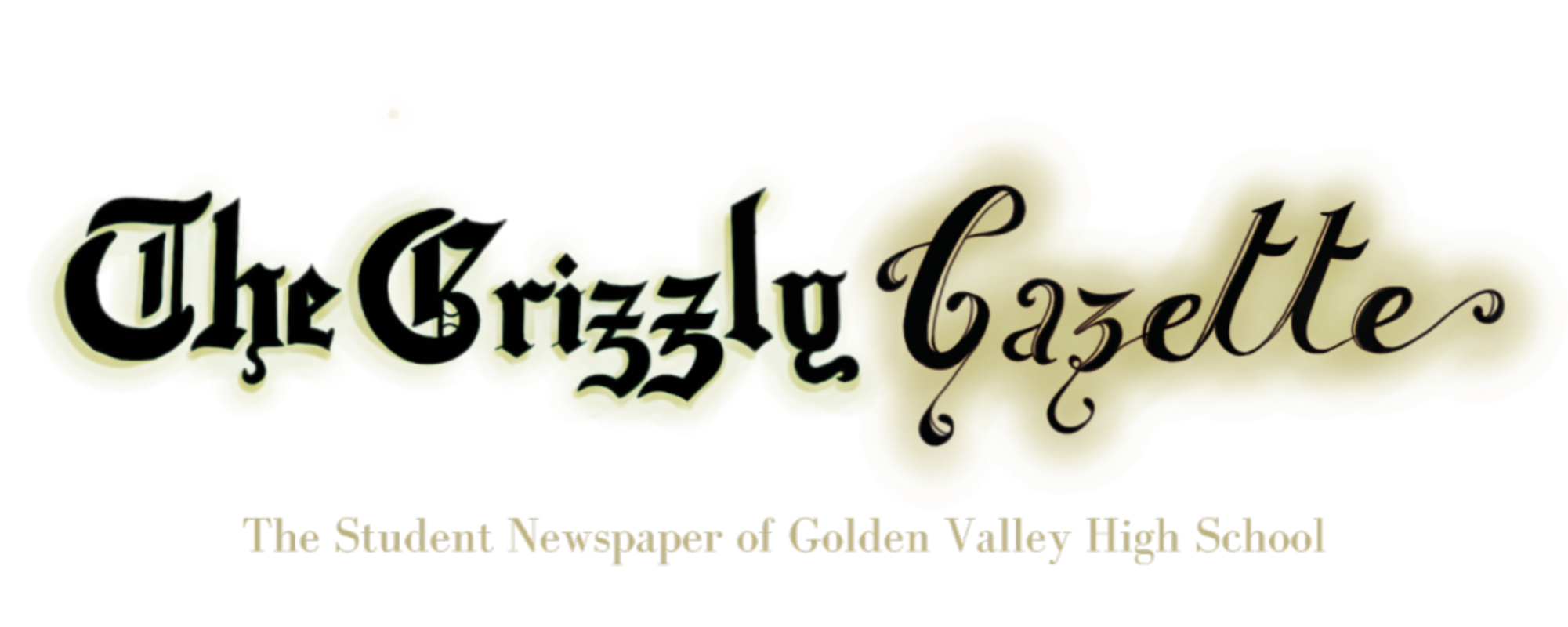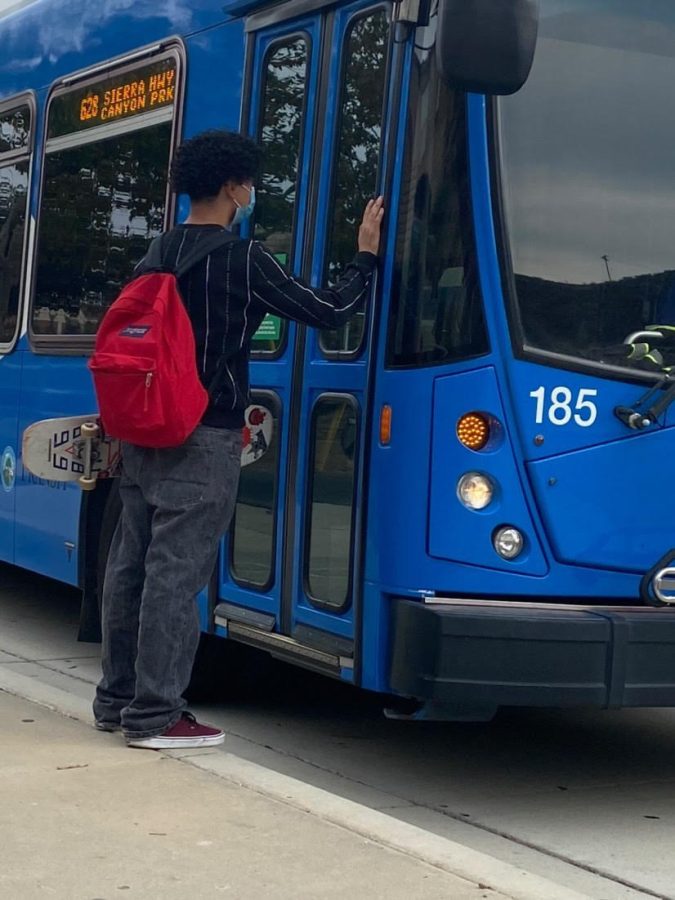LA Public Transportation Critique
GV Student Abraham Bracamontes prepares to board an LA public bus in Canyon Country on November 1, 2021
Los Angeles’ public transportation system faces numerous challenges that affect its accessibility and reliability for the city’s residents. One of the key issues affecting the system is the ongoing housing crisis plaguing the city.
As a result of inaction towards this crisis, many of the city’s homeless individuals rely on public transportation as a source of safety and warmth. This has fed into overcrowding on buses and trains, making it difficult for other passengers to use the system comfortably.
Additionally, the crisis has contributed to safety concerns on public transportation. There have been many reports of violence, harassment, and drug use on buses and trains, which can be intimidating for other passengers and discourage them from using the system.
The spillover effect of homelessness on public transportation has further exacerbated issues related to low ridership and falling profits. As fewer people feel comfortable or safe using public transportation, the system collects fewer fares, leading to a decline in revenue. This decline in revenue, in turn, makes it more difficult for the transportation system to make needed improvements and attract new riders.
Many current problems with LA’s public transportation systems are tied to the city’s homelessness crisis. The crowding, safety concerns, and reduced ridership contribute to a downward spiral of limited resources, declining service quality, and even lower ridership.
Addressing the underlying causes of homelessness and improving safety on public transportation is vital to breaking the vicious cycle that has been eating away at our city’s public transit system for years.
Homelessness and safety issues are not the only reasons many people of Los Angeles shun their city’s public transport systems. Other issues include the necessity to often travel on more than one bus to get to your destination, turning what would be a ten minute drive in a car into a thirty minute affair by bus. Another is the freedom lost when transitioning from a private vehicle, to a bus or train, which follow strictly regimented and preplanned routes and schedules. Still another is the stigma wrongly associated with public transportation that suggests that riders are not successful.
Strong marketing has long tied cars to American identity and freedom. Much of the groundwork for modern US cities and suburbs was laid in the 1950s, and designed with cars as a priority.
Subways were put aside in favor of highways, and trains in favor of trucks. Walkability was diminished in favor of drivability, and public transport systems were relegated to the sidelines, often never being properly integrated into communities.
Now the challenge, made more difficult by the cementing of cars into the American psyche by decades of relentless promotion, is to portray public transportation as a sensible choice made by the rider for both themselves and the environment.
Public transportation being beneficial to the environment is self evident. Ideally, it provides the riders with the ability to relax during transportation, and eschew a car and its expenses.
However, even expensive marketing won’t get people into seats if the underlying issues of safety, cleanliness, and efficiency, are not resolved to a discernible degree.
Public transportation management, and the cities they function within, must first solve those issues, and then aggressively market bus and subway transportation as an safe and cool way to travel.

Claire Brounsten has been a devoted writer since childhood, and with no intentions of stopping anytime soon. Now in 12th grade, and a writer and editor for the Grizzly Gazette’s Community News Team, she’s taking her passions a step forward in the hopes of helping those around her. Currently, she aims to cover topics regarding science, history, politics, and sociology- all of which have captivated her for years- and share that intrigue and information with others. Understanding how the world works, and how the systems in place impact our everyday lives, are the first steps towards navigating it.
So, for Claire, being a journalist means having the opportunity to provide people with the tools needed to make a tangible change within their own lives. She aspires to not only explore how and why the world works the way it does, but enable and empower as many people as she can to change it.
